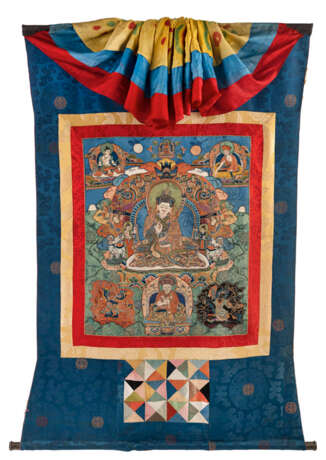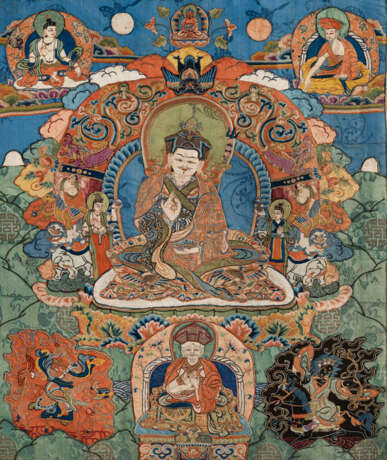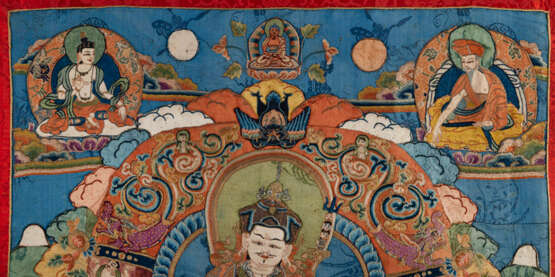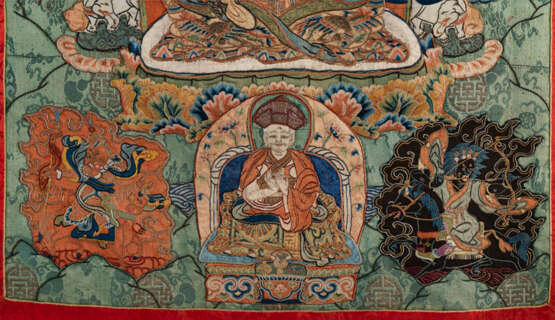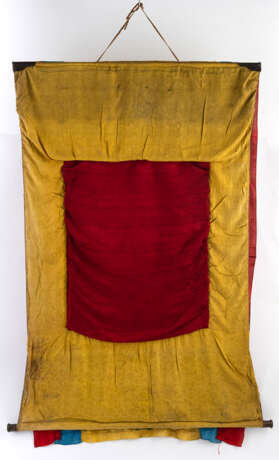Seltenes Applikationsthangka mit der Darstellung des „Kostbaren Guru“ Padmasambhava
06.12.2022 09:30UTC +01:00
Classic
Verkauft
28000EUR € 28 000
| Auctioneer | Nagel Auktionen GmbH |
|---|---|
| Veranstaltungsort | Deutschland, Stuttgart |
| Aufgeld | 29,5% |
Archiv
Die Auktion ist abgeschlossen. Es können keine Gebote mehr abgegeben werden.

ID 875255
Los 57 | Seltenes Applikationsthangka mit der Darstellung des „Kostbaren Guru“ Padmasambhava
Schätzwert
€ 8 000 – 12 000
Bhutan, 18./ 19. Jh.
61 x 50 cm (130 x 85 cm mit Montierung)
| Kategorie des Auktionshauses: | Asiatische Kunst |
|---|
| Kategorie des Auktionshauses: | Asiatische Kunst |
|---|
| Adresse der Versteigerung |
Nagel Auktionen GmbH Neckarstrasse 189 - 191 70190 Stuttgart Deutschland | ||||||||||||||
|---|---|---|---|---|---|---|---|---|---|---|---|---|---|---|---|
| Vorschau |
| ||||||||||||||
| Telefon | +49 (0)711 649 690 | ||||||||||||||
| Fax | +49 (0)711 649 69696 | ||||||||||||||
| Aufgeld | 29,5% | ||||||||||||||
| Nutzungsbedingungen | Nutzungsbedingungen | ||||||||||||||
| Geschäftszeiten | Geschäftszeiten
|
